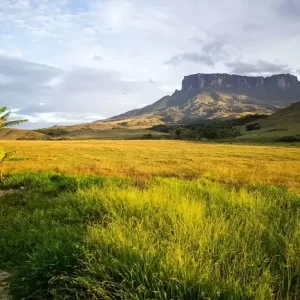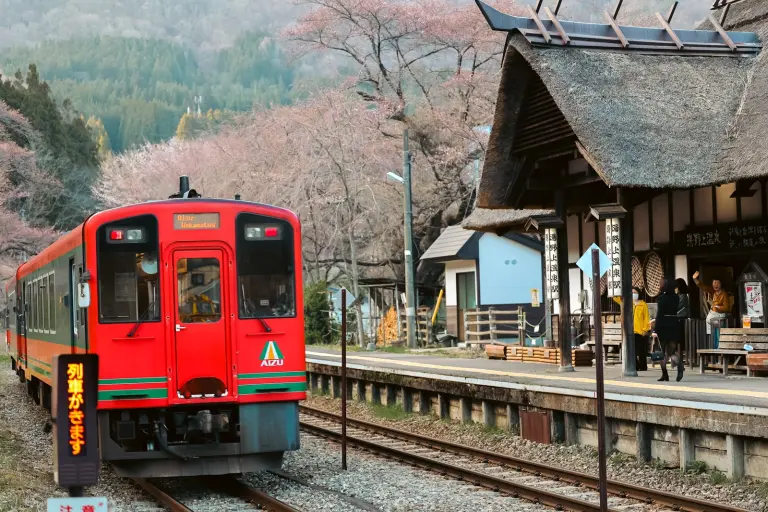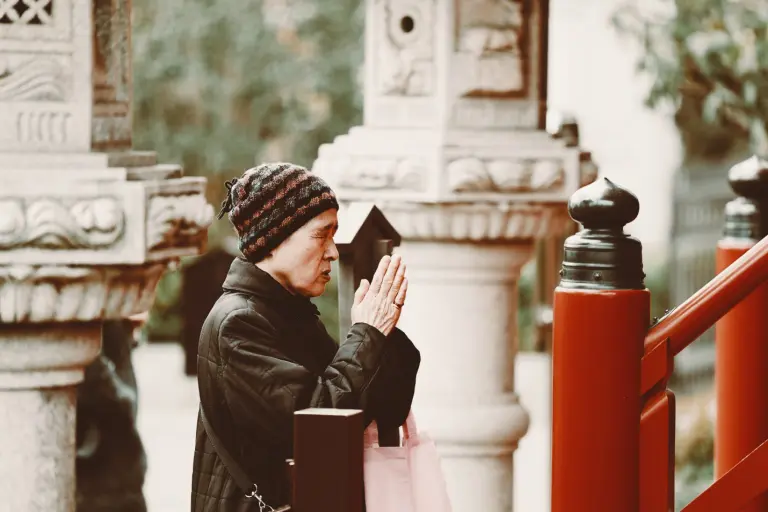Tucked away in the heart of Cambodia’s jungle, Angkor is more than just a UNESCO World Heritage Site—it’s a majestic time capsule, echoing the glories of the ancient Khmer Empire. For many travelers, Angkor isn’t just a stop—it’s the reason to visit Cambodia in the first place. Once you step foot into its sprawling temple complex, chances are, you’ll never want to leave.
A Journey into the Past: The Legacy of the Khmer Empire
Angkor is considered one of the greatest architectural achievements in human history. Built between the 9th and 15th centuries, this vast temple complex was once the spiritual and political heart of the Khmer Empire, which at its peak, ruled over much of Southeast Asia. Today, the ruins stand as a powerful testament to a civilization that was not only skilled in art and architecture but also in engineering, astronomy, and water management.

>> The temple engulfed by trees in Cambodia: A breathtaking and surreal scene
The crown jewel of this ancient city is Angkor Wat, built in the early 12th century by King Suryavarman II. Originally dedicated to the Hindu god Vishnu, it later transitioned into a Buddhist temple, which it remains to this day. While many believe Angkor Wat represents the entire complex, in truth, it’s just one temple among hundreds in the Angkor Archaeological Park—a massive 400-square-kilometer area filled with forgotten shrines, mysterious carvings, and jungle-covered ruins.
Angkor Wat: A Temple Like No Other
The silhouette of Angkor Wat at sunrise is one of the most iconic images in travel photography. Each morning, hundreds of travelers gather by the reflective lotus pond in front of the temple to witness the sun rising behind its five towering spires. It’s a moment of sheer magic, one that makes the early wake-up call well worth it.
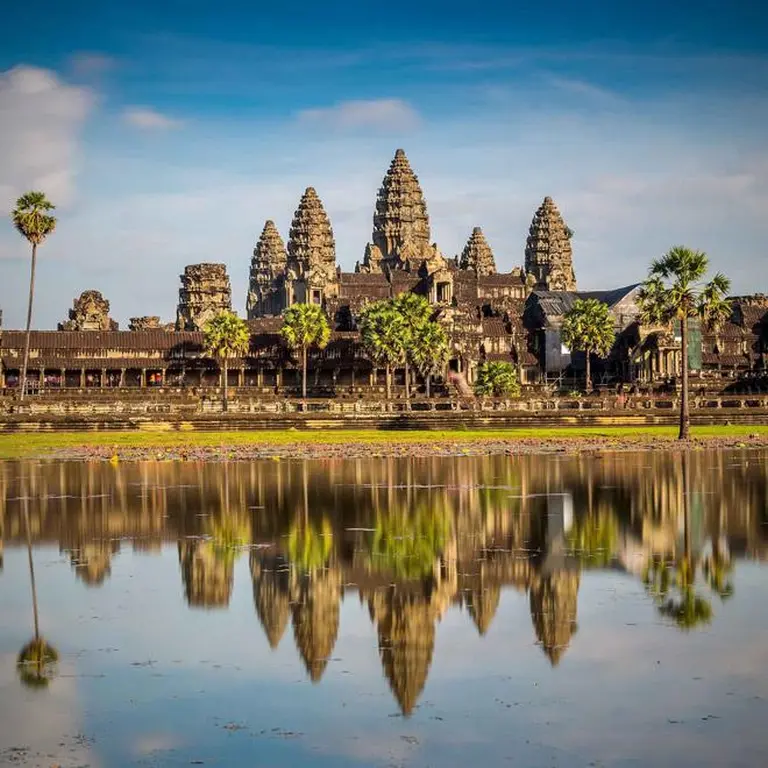
Angkor Wat’s layout is a physical manifestation of Mount Meru, the sacred mountain in Hindu and Buddhist cosmology. Its central tower rises 65 meters above the ground, surrounded by four smaller towers and an intricate maze of 398 rooms and over 1,500 meters of finely carved corridors. The bas-reliefs along the walls are legendary—depicting epic scenes from Hindu mythology, the churning of the ocean of milk, celestial dancers (Apsaras), and battles of gods and demons.
>> The mysterious ‘Musical Pillars’ of an ancient Indian temple that play music when struck
One unique feature of Angkor Wat is its westward orientation—rare in Hindu architecture—symbolizing either death or the setting sun, depending on interpretation. This, combined with its scale and symmetry, makes it one of the most mysterious and breathtaking sites on Earth.
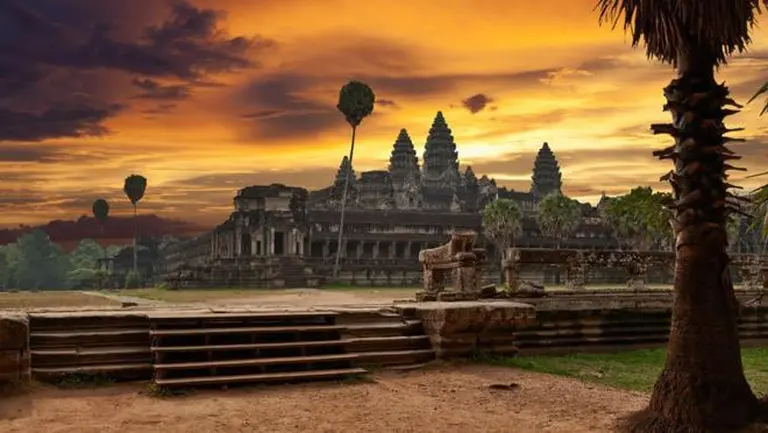
Angkor Thom and the Enigmatic Smiles of Bayon
Just a few kilometers north of Angkor Wat lies Angkor Thom, the last great capital of the Khmer Empire. At its heart is the Bayon Temple, renowned for its hauntingly beautiful towers carved with over 200 smiling stone faces. These serene visages are believed to represent either King Jayavarman VII himself or the bodhisattva Avalokiteshvara.
Angkor Thom also houses the Terrace of the Elephants and the Terrace of the Leper King—ornately carved platforms that once served as royal viewing stands. Walking through its ancient gates, watched over by gods and demons tugging on Naga serpents, is like stepping into another realm.
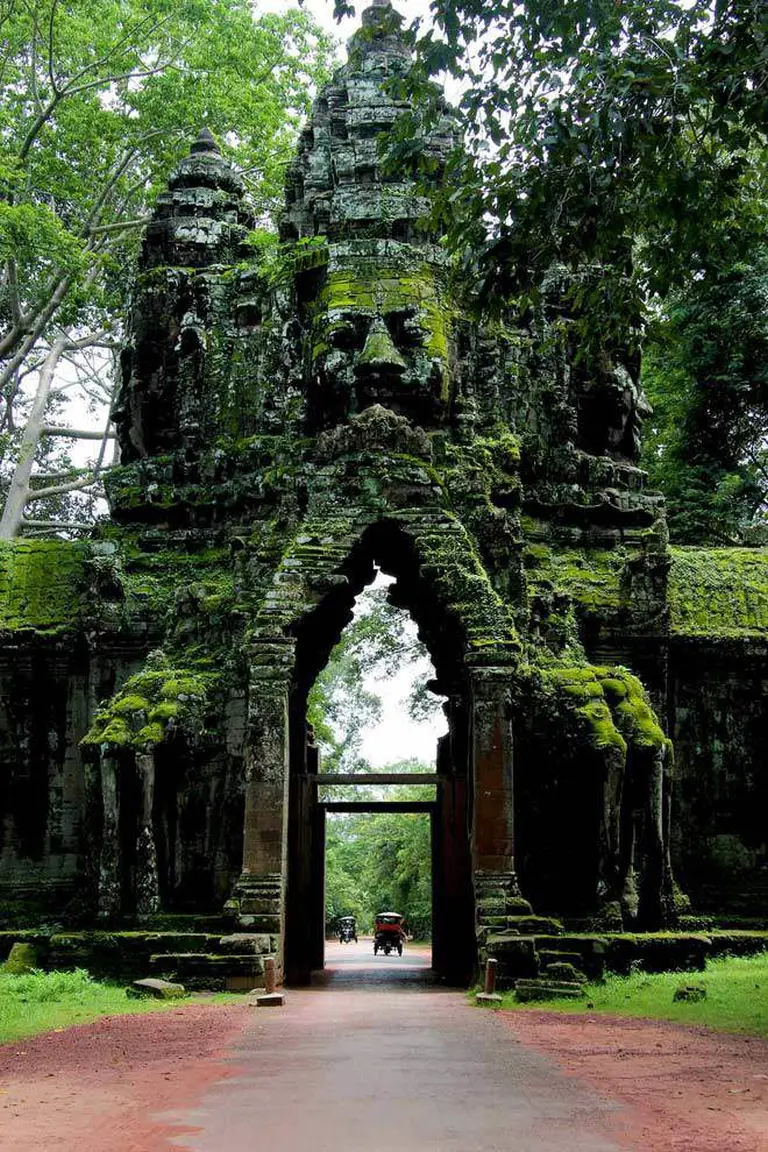
>> Shwedagon Pagoda: A golden temple adorned with diamonds in the heart of Myanmar
A Cultural and Spiritual Pilgrimage
For Cambodians, Angkor is more than just an ancient ruin—it’s a sacred site and a national symbol. Locals visit the temples to pray for peace and prosperity, not for personal gain or power. It’s a place where spirituality lingers in the air, and you’ll often see saffron-robed monks walking silently through the stone corridors.
Interestingly, all Cambodians are allowed to visit Angkor for free. It is, after all, a legacy left by their ancestors.
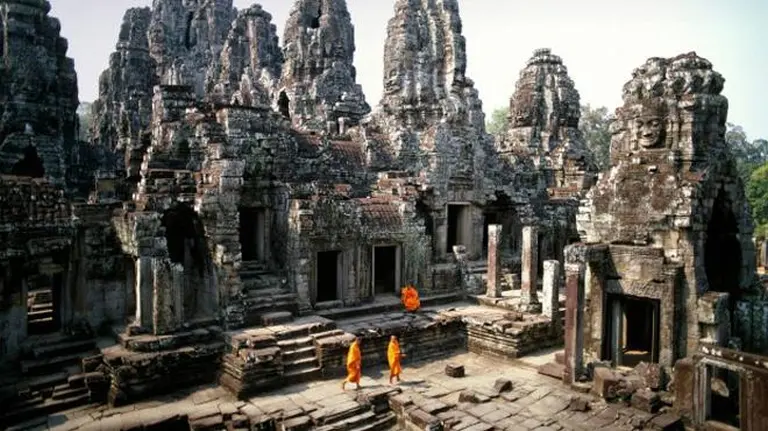
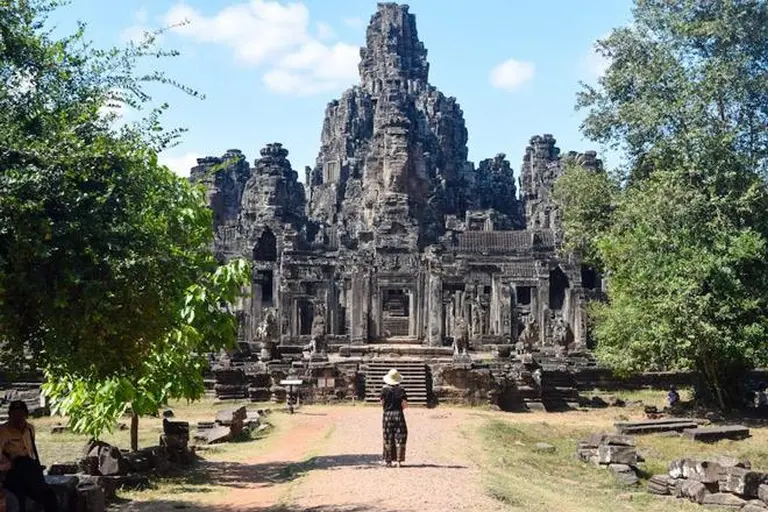
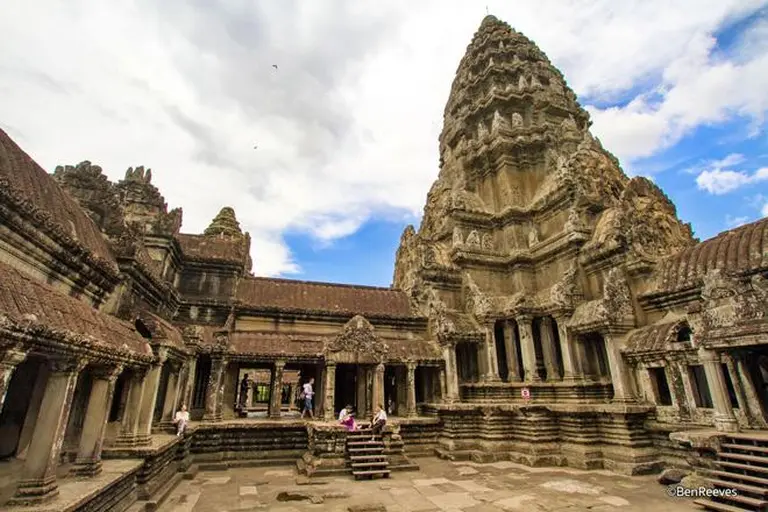
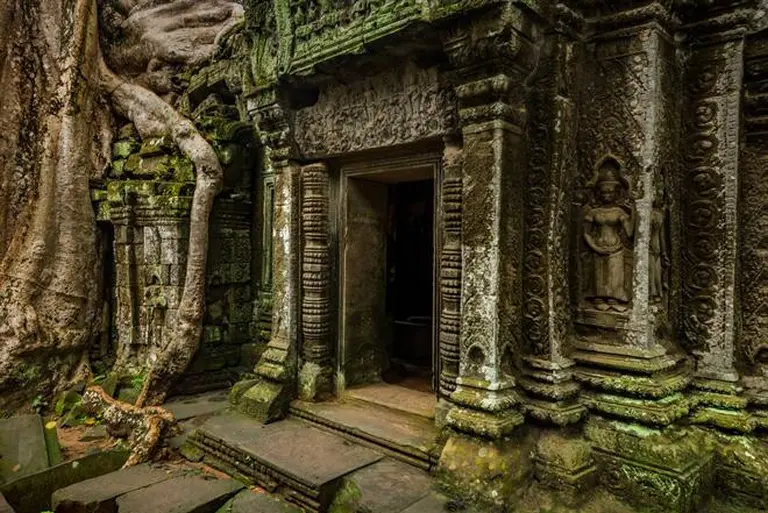
>> Chand Baori: A thousand-year-old stepwell maze beneath the earth in India
Tips for Visiting Angkor: Practical Guide for Travelers
Entry Fees (as of the latest update):
- 1-day pass: $37 USD
- 3-day pass: $62 USD
- 7-day pass: $72 USD
Pro tip: If you truly want to explore Angkor’s vast expanse—over 200 hectares—you’ll need more than just a day. A 3-day or 7-day pass is highly recommended for a deeper, more meaningful experience.
Getting There:
- By air: Flights from Vietnam to Phnom Penh (50 minutes) or Siem Reap (1 hour 20 minutes).
- By land: For a more scenic and budget-friendly option, consider crossing via the Moc Bai border and traveling by bus or private transfer.
Currency Tips:
- USD is widely accepted in Cambodia. Bring plenty of small denominations.
- Riel (KHR) is used for change, but not necessary to exchange unless you’re traveling extensively by land.
What to Wear:
- Angkor is a religious site. Dress respectfully—shoulders and knees should be covered.
- Wear comfortable shoes, a wide-brimmed hat, sunglasses, and bring plenty of water. The heat can be intense, especially during the dry season.
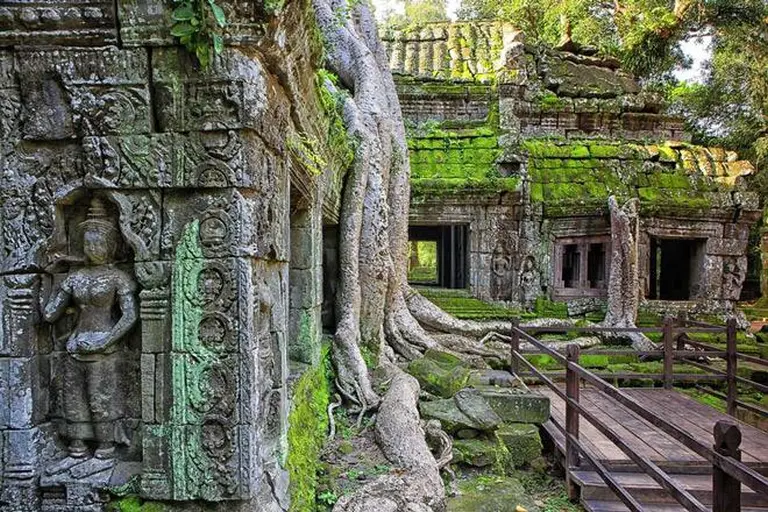
>> Top Pilgrimage Destinations Around the World
Best Time to Visit
Cambodia has two main seasons:
- Dry season (Nov – Mar): The best time to visit, with cooler temperatures and clear skies.
- Rainy season (May – Oct): Fewer crowds and lush green scenery, but be prepared for sudden downpours and muddy paths.
Avoid the hottest months (April and early May) when temperatures can soar above 40°C (104°F).
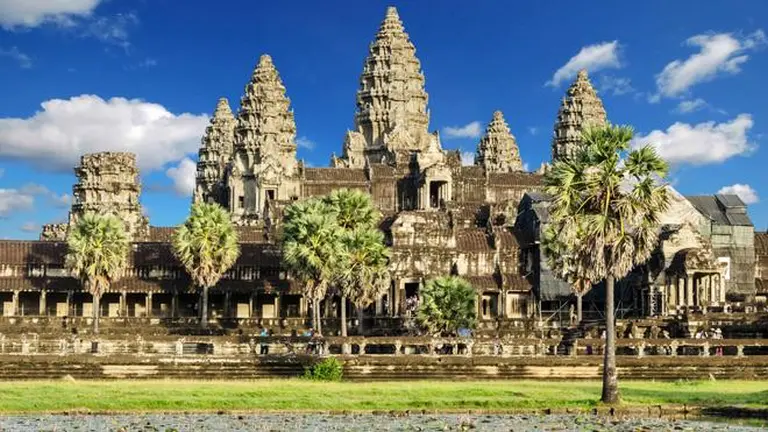
Why Angkor Will Stay With You Forever
Angkor isn’t just a destination—it’s a journey through time, faith, and the soul of Cambodia. It awakens the imagination, stirs the heart, and offers moments of awe and introspection. Whether you’re a history enthusiast, a photographer, a backpacker, or a spiritual seeker, Angkor has something that speaks to your soul.
>> Self-Mummification: The sacred journey beyond death you’ve never heard of
And once you’ve seen the sunrise over Angkor Wat, wandered through the face-filled towers of Bayon, and stood in silent awe beneath jungle-covered ruins, you’ll understand why so many travelers come for a few days—and leave with a memory that lasts a lifetime.



